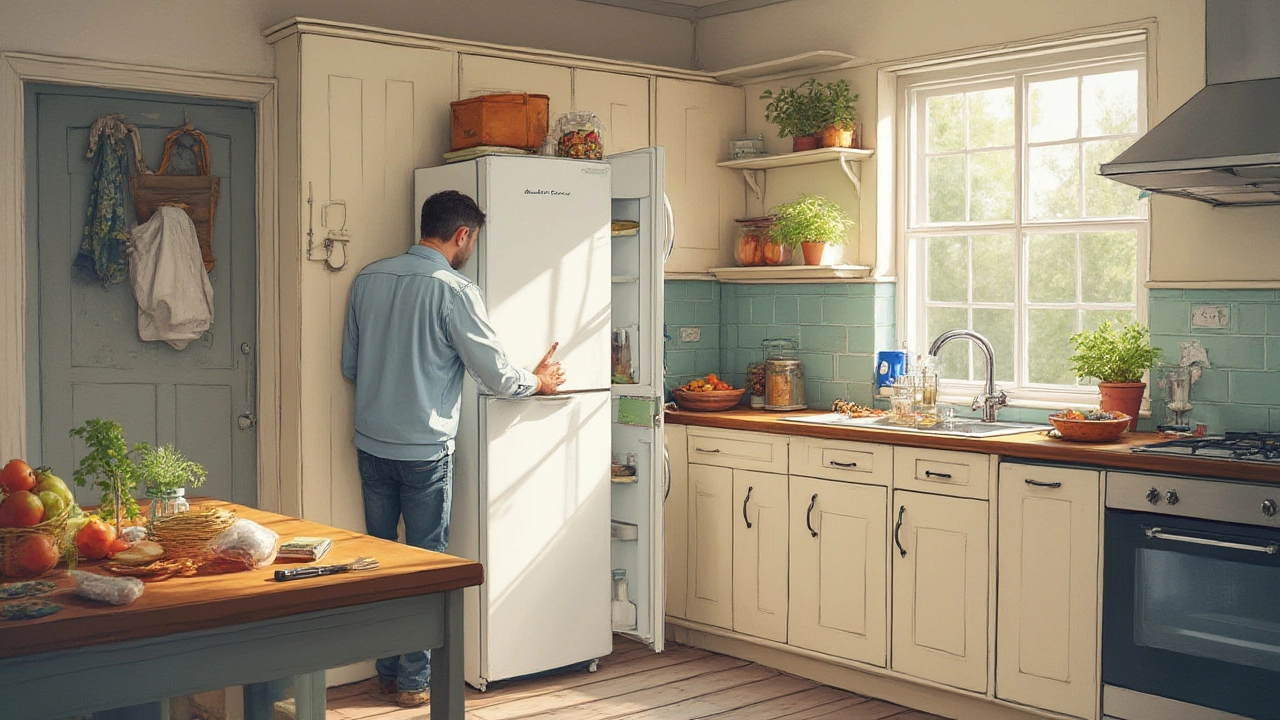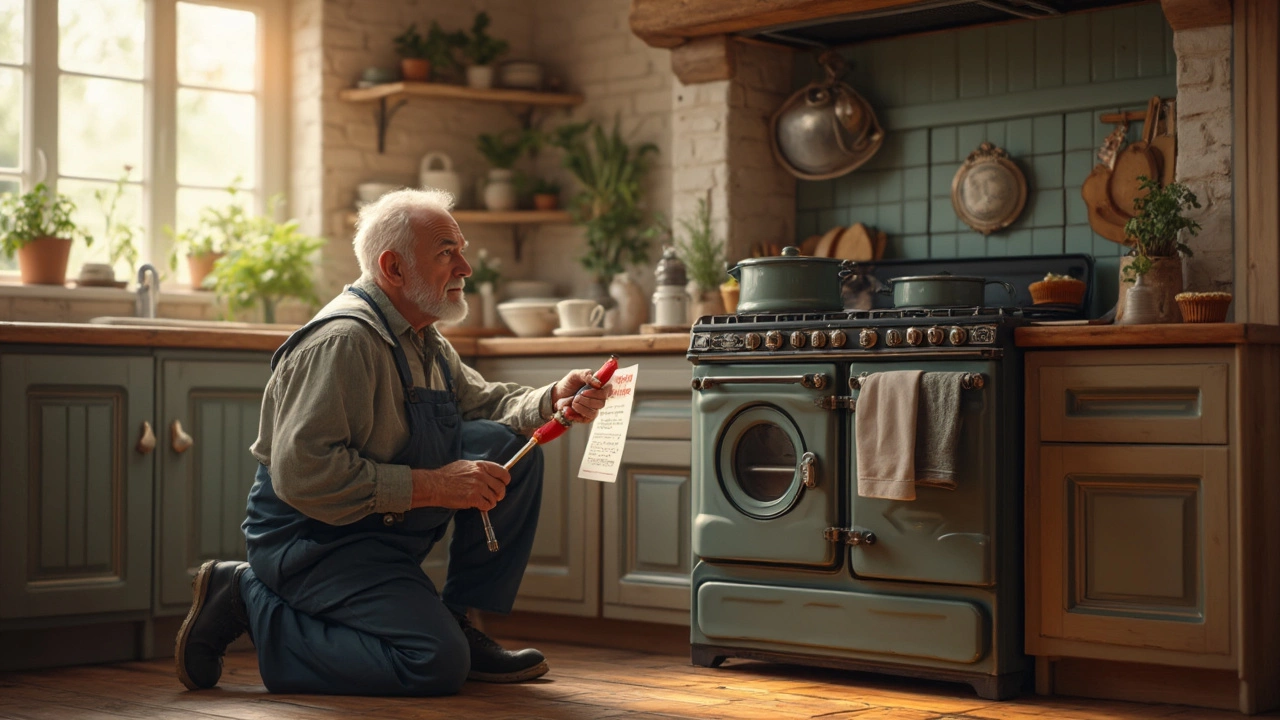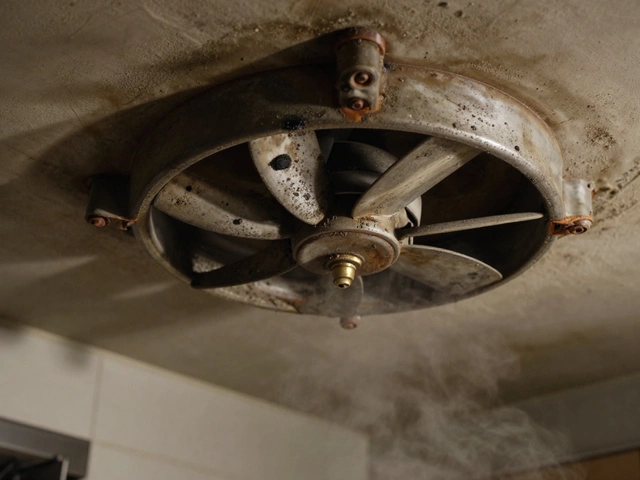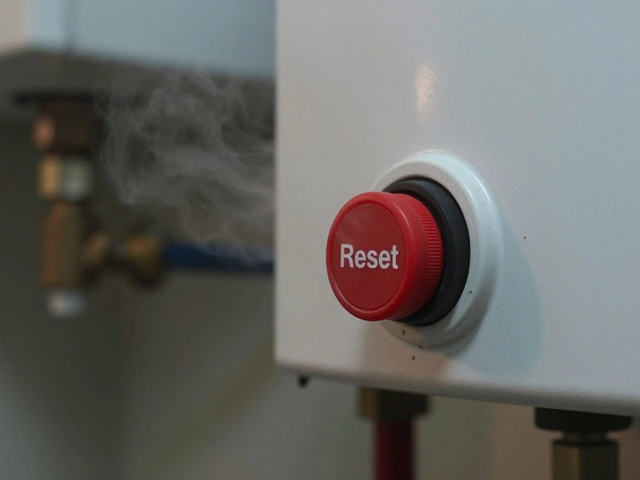Picture this: It's a sweltering summer day, you're looking forward to an ice-cold treat, but your freezer has other plans. Instead of a popsicle, you get a soggy mess. That sinking feeling you get when you open your freezer only to find everything is soft or, worse, thawed? It can be more than annoying—it threatens your groceries, your wallet, and your peace of mind. But before panic sets in or you're ready to splurge on a brand-new unit, let's dig deep into what really goes into the cost of fixing a freezer that just won’t freeze. You might be surprised at how many solutions there are—some pretty affordable—and which situations really call for the big bucks (or even a new appliance).
Common Reasons Your Freezer Stops Freezing
Sometimes, the cause of a freezer that won’t freeze is almost laughably simple. Maybe the door wasn’t shut properly because someone crammed in a half-eaten pizza box. Or the freezer got overloaded after your last trip to the wholesale store. But let’s face it: usually, there’s something else going on, something you can’t fix with a quick rearrange of your frozen peas.
One frequent issue is a dirty or blocked condenser coil. Those coils, found at the back or underneath your freezer, help get rid of the heat your freezer pulls out to keep things icy. Dust and pet hair can build up fast and make your machine work overtime. If heat can’t escape, your freezer’s cooling abilities drop hard. Cleaning those coils with a vacuum or brush (every six months!) can prevent a lot of trouble—and it’s a zero-dollar fix if you do it yourself.
Another sneaky culprit is the door gasket (that rubber seal all around the door). If it’s worn out, torn, or just not sealing right, warm air seeps in, causing frost buildup and making the freezer lose its chill. Sometimes, you can spot this if you see condensation or even some frost around the door. Replacing a gasket yourself can cost around $40-$80 for the part, and a pro might charge $120–$180 with labor thrown in.
The thermostat or temperature control might also be to blame. If the dial is stuck, broken, or set wrong, your freezer won’t get cold enough, no matter what you do. You could test this by turning it all the way up and seeing if anything changes. Not doing its job? A new thermostat costs $40–$100 for the part, while pro installation can push the total to $150–$250.
There are some bigger, more technical problems: a failing start relay or compressor, for example. These components are what actually help your freezer cool. Compressors, especially, are a serious business—if one dies, repairs might cost $300–$650, and that’s when you really have to ask, “Is this freezer even worth saving?” If your freezer is older than 10 years, it may be more cost-effective to just replace it.
One last thing: sometimes freezers stop freezing because the defrost system goes haywire. If it gets stuck on defrost, things start to thaw. Faulty defrost timers or heaters are fixable but could cost anywhere from $100 to $300, depending on your make and model.
Breakdown of Freezer Repair Costs
Numbers talk, so let's get to the part everyone wants: How much does it really cost to fix a freezer that won't freeze? The answer is, it varies—a lot. So let’s break it down to smaller chunks based on the repair you might need so you aren’t flying blind when you call a tech or hit the hardware store.
- Diagnostic Fee: Almost every appliance tech will charge you a fee just to come out and look at your freezer. This usually runs between $65 and $125. Some companies will waive this if you go ahead with the repair.
- Cleaning Coils or Vents: If a tech does this for you, expect to pay $75–$150. DIY? Free, except for five minutes and maybe a $10 coil brush.
- Replacing a Door Gasket: Pros charge $120–$180 including labor (parts alone are $40–$80).
- Repairing or Replacing Thermostats: The part ranges from $40 to $100; pro repair might be $150–$250.
- Start Relay or Capacitor Replacement: Around $100–$225.
- Evaporator Fan Motor: Costs usually sit in the $150–$250 range for parts and labor. If your freezer sounds like it swallowed a squeaky toy, this might be your issue.
- Compressor Replacement: This one hits hard—usually $300–$650 (sometimes more for high-end models). Since new freezers can start around $700, you have to consider if it’s worth it.
- Control Board or Main Board Issues: These can throw up all sorts of random problems. Replacement costs for electronics can land between $180–$400 including labor.
Are you handy? You might be able to replace a gasket or thermostat on your own and save well over $100 just by buying the part online and following a YouTube tutorial. But with issues like compressors, the tools and know-how needed make it a pro-only job. And don’t forget—if your freezer’s compressor is toast and it’s more than a decade old, it’s often a smarter move for your wallet and sanity to start fresh with a new model.
Remember, these are the numbers for a standalone freezer. Freezer components in a fridge-freezer combo can run a bit pricier due to more complicated systems and tricky access.

Tips to Save Money on Freezer Repairs
First tip: Don’t ignore regular cleaning. Those dusty coils or blocked vents quietly kill cooling power and force your appliance to use more energy. A clean freezer keeps parts working longer, saves electricity, and lowers your repair bills. Vacuum or brush coils twice a year and always check your door seals for a snug fit.
Next, pay close attention to how your freezer sounds and cycles. If you hear it running nonstop or making odd clicks or buzzing, get it checked sooner rather than later. Catching a problem early can be the difference between a $150 fix and a $600 meltdown.
If your freezer is acting up but still cold-ish, don’t just crank the settings to max. That’s a quick way to burn out your compressor or stress fragile parts. It’s better to unplug, let it defrost, clean out vents and coils, then try again. A reset can sometimes clear minor glitches.
If your freezer is under warranty, check the coverage before you pay anybody a dime. Many brands give five to ten years on the compressor or sealed system, though labor might only be covered in the first year. Always have your receipts and model numbers ready, and register your appliance when it’s new—a super easy step that most people skip.
And honestly, shop around for techs. Get quotes from two or (better) three local repair companies. Ask them if they waive the diagnostic fee if you get repairs done. Sometimes, local independent repair shops offer better prices or more flexible hours than big franchises.
Here’s a lesser-known trick: Some utility companies offer rebates or discounts if you recycle an old freezer and buy a more efficient replacement. If your machine is an energy hog and the repair cost is close to 40–50% of the price of a new one, upgrading can save you cash in the long run just on your energy bill.
If you have a DIY streak, don’t be afraid to look up a reputable appliance parts supplier and search by your exact model. Basic repairs like changing a gasket, thermostat, or relay are well within reach if you have a screwdriver and a bit of patience. Never attempt a compressor repair unless you are truly experienced with refrigerant and electrical parts—it’s illegal in many places unless you’re certified, and hazardous to boot.
Should You Repair or Replace Your Freezer?
The truth is, not every freezer fix makes sense. There’s a tipping point where the smart money says, “time for a new one.” What’s that tipping point? Here’s a common rule used by appliance techs: If the repair cost is more than half the price of a brand-new freezer (after factoring in the age and efficiency of your current unit), replace it instead of fixing it. With new chest freezers starting around $300 and upright models at $500–$1000, those numbers stack up fast.
If your machine is still under warranty, you’re usually better off repairing than replacing, especially for higher-end or specialty appliances. For out-of-warranty models, consider these questions before reaching for your credit card:
- How old is your freezer? The average unit lasts 10–16 years, but energy efficiency drops as it ages.
- Has it needed more than one repair within 18 months? If so, more breakdowns are likely coming soon.
- How much are you paying in power? Older freezers can use two to three times as much energy as new ones, costing hundreds extra per year.
- Is it making weird noises, leaking, or frosted over more than once? Persistent or multiple symptoms usually point to deeper issues.
If you decide to buy new, shop for Energy Star models. As of now, those freezers use up to 40% less energy, which can save you quite a bit in the first year. Always recycle the old one—it’s bad for the environment to chuck it, and some retailers will take it away for free. And store food properly in the meantime—use coolers and eat up as much as you can to prevent waste while you wait for your new unit.
Whatever you decide, dealing with a non-freezing freezer doesn’t have to wreck your week or clean you out. Knowing when to fix, when to replace, and which repairs you can tackle yourself can save loads of cash, frustration, and melted ice cream. If you’re in doubt, get a pro opinion but keep these numbers in the back of your mind. Not every cold problem calls for a cold-hearted repair bill.
One final tip: jot down your freezer’s model number, serial number, and date of purchase somewhere easy to reach now. When trouble shows up (and it will eventually), you’ll save yourself a lot of explanation—and maybe a few bucks in service call time as well.





